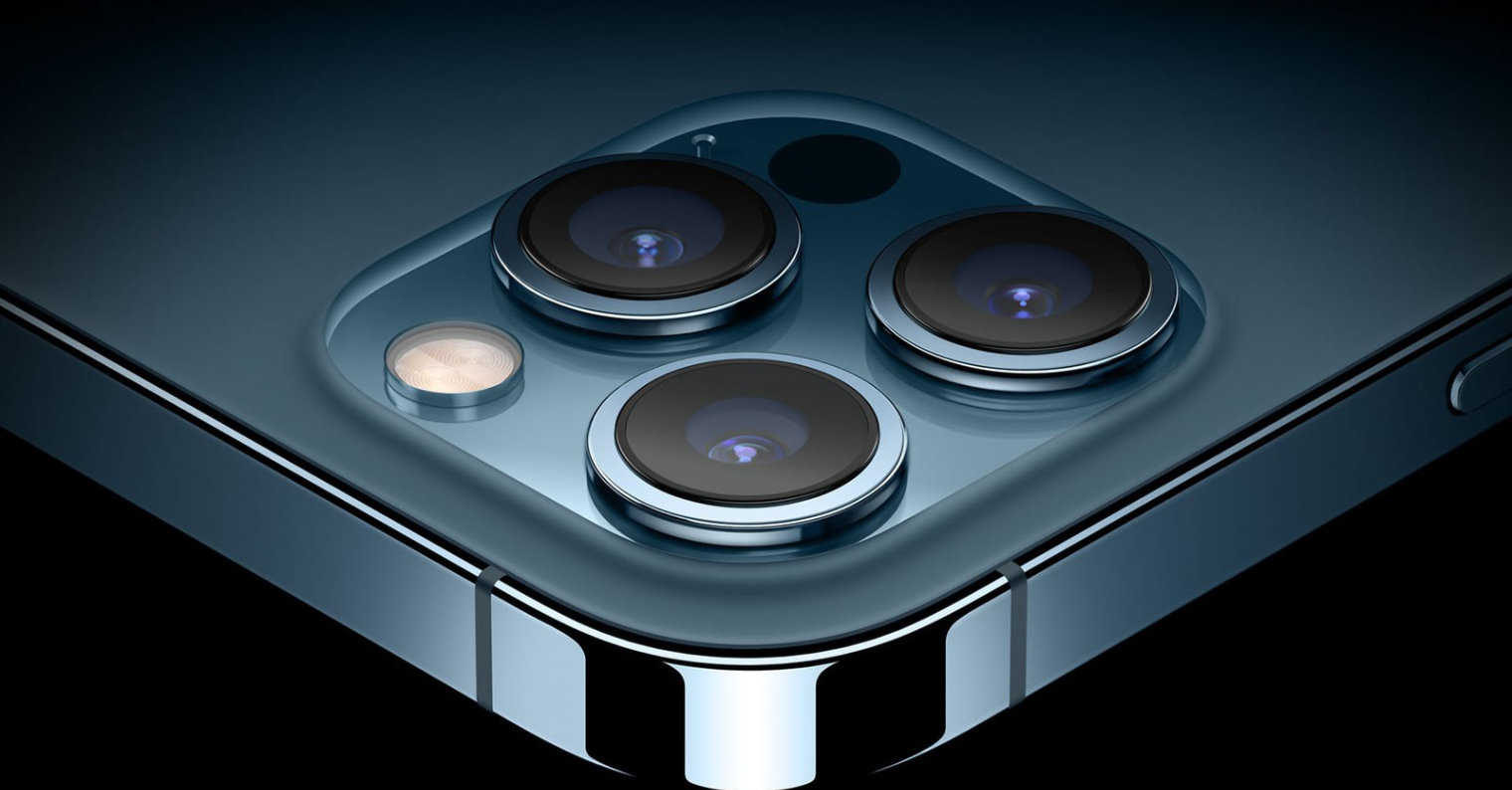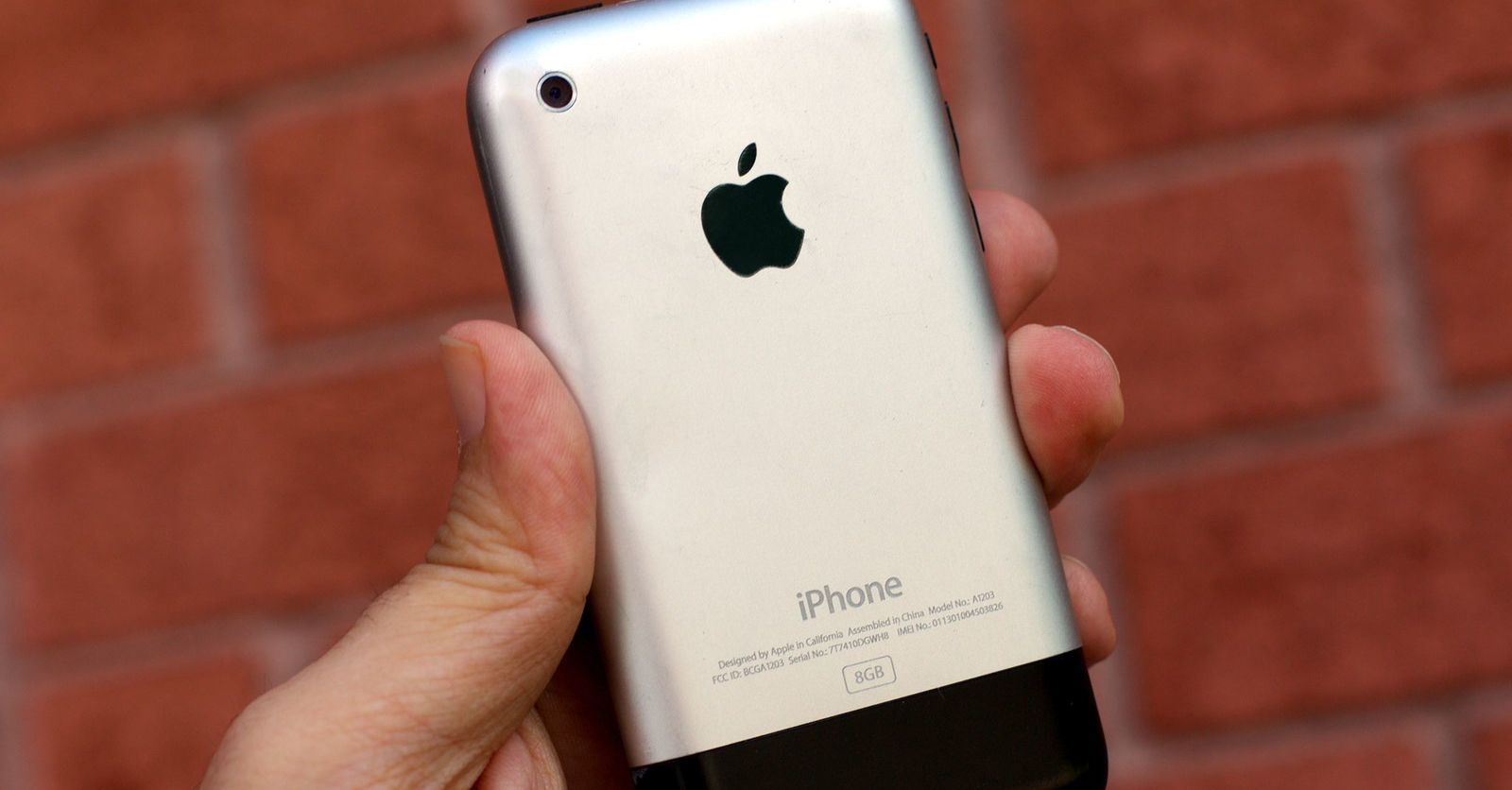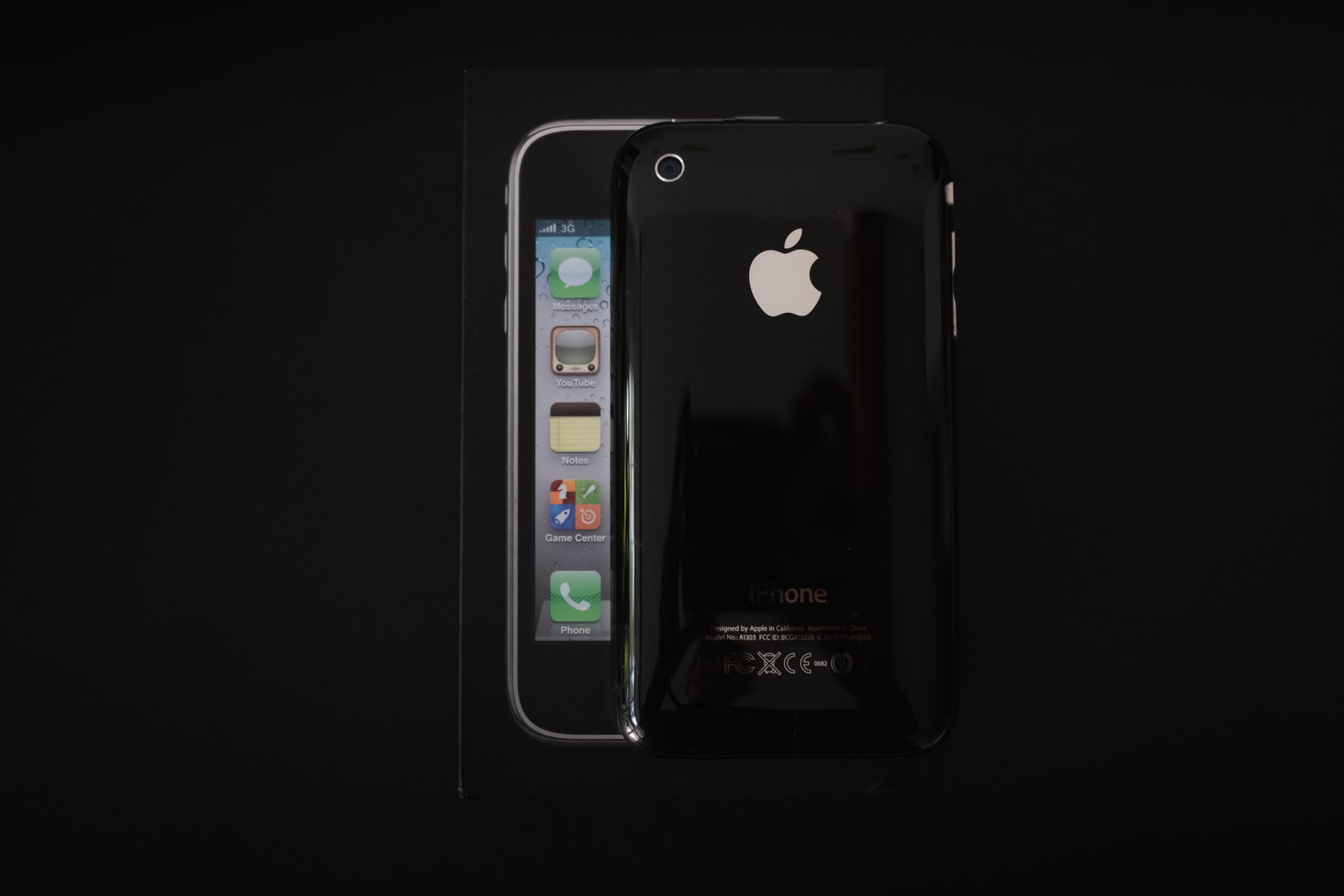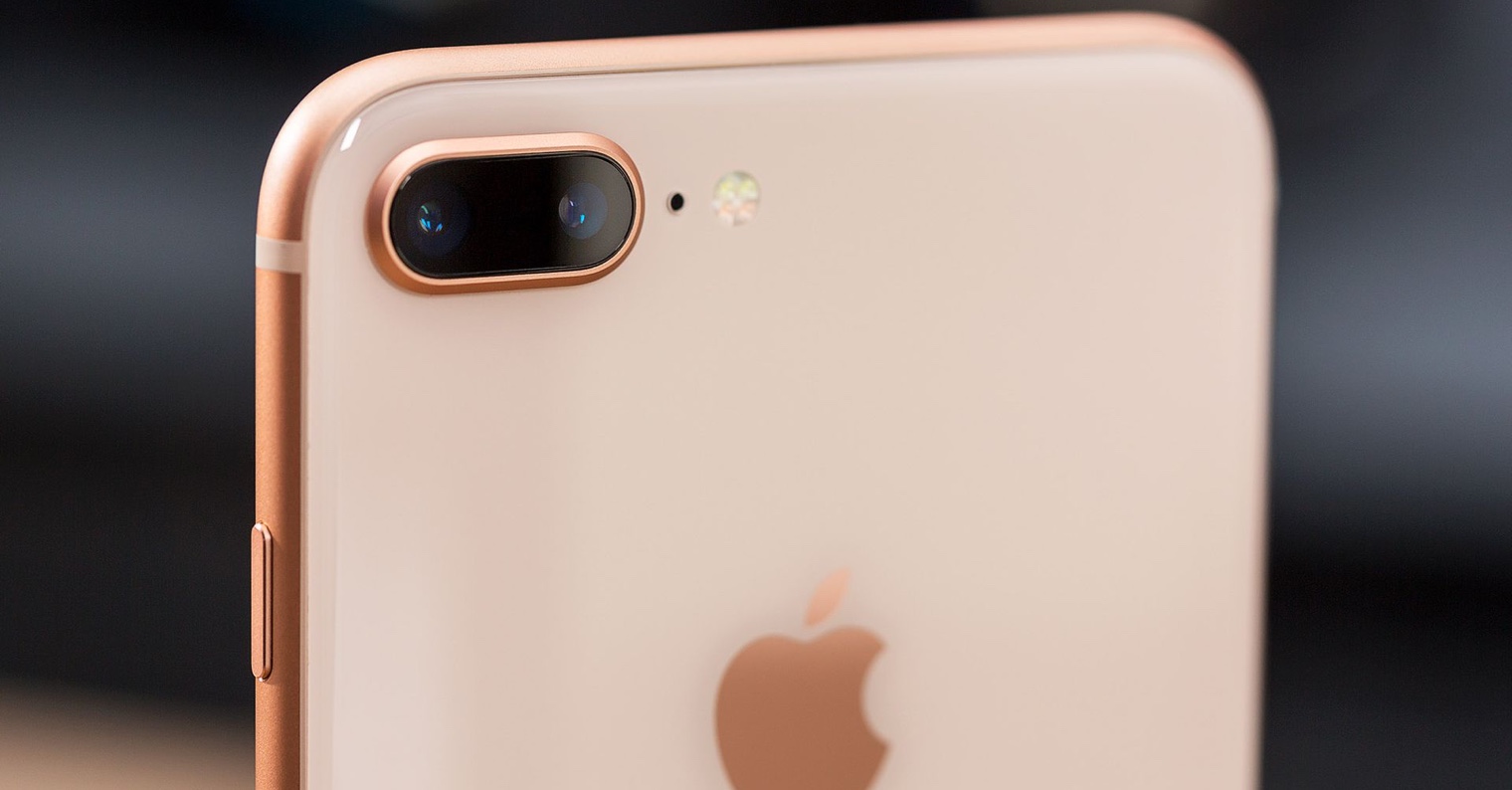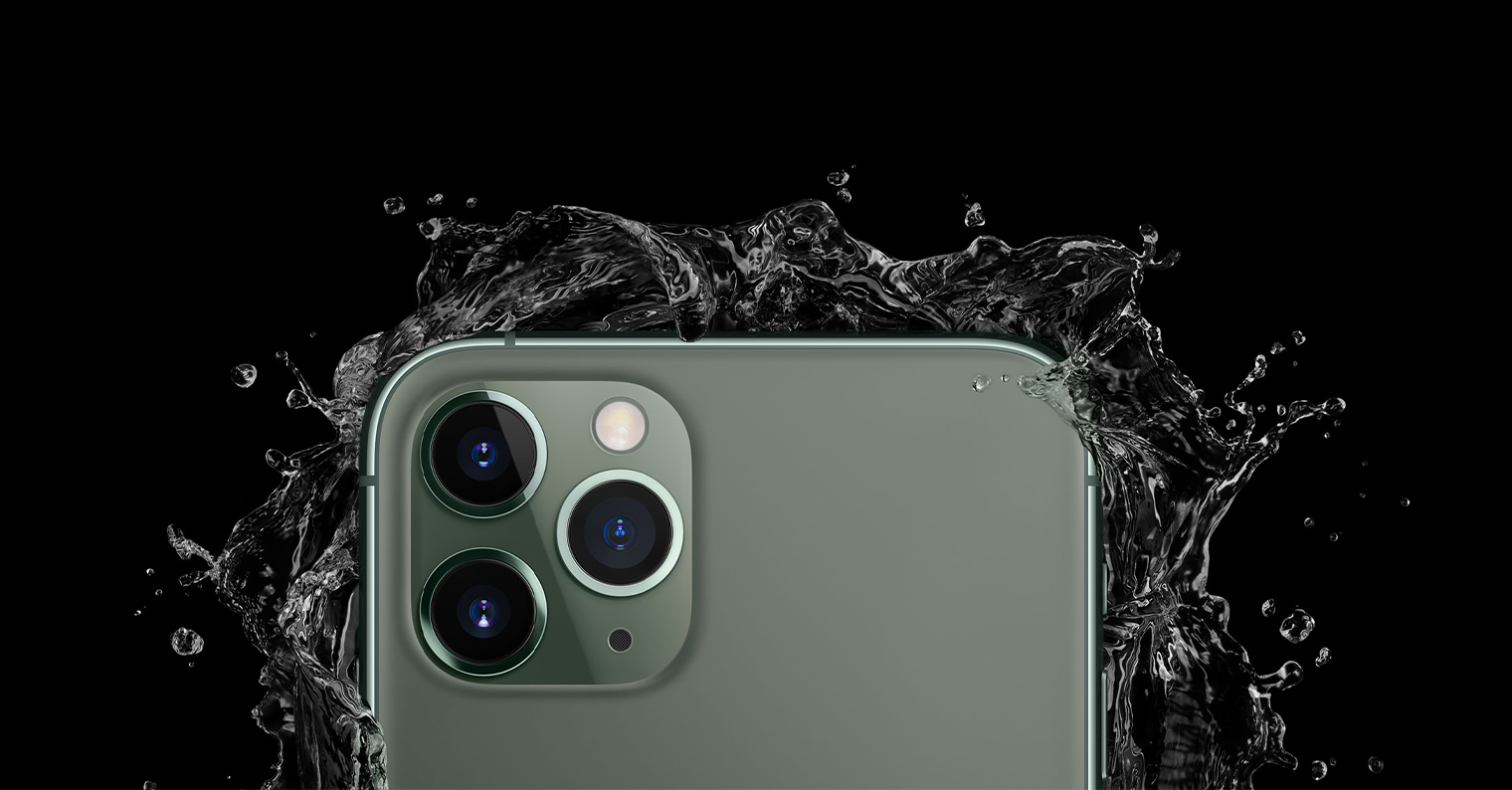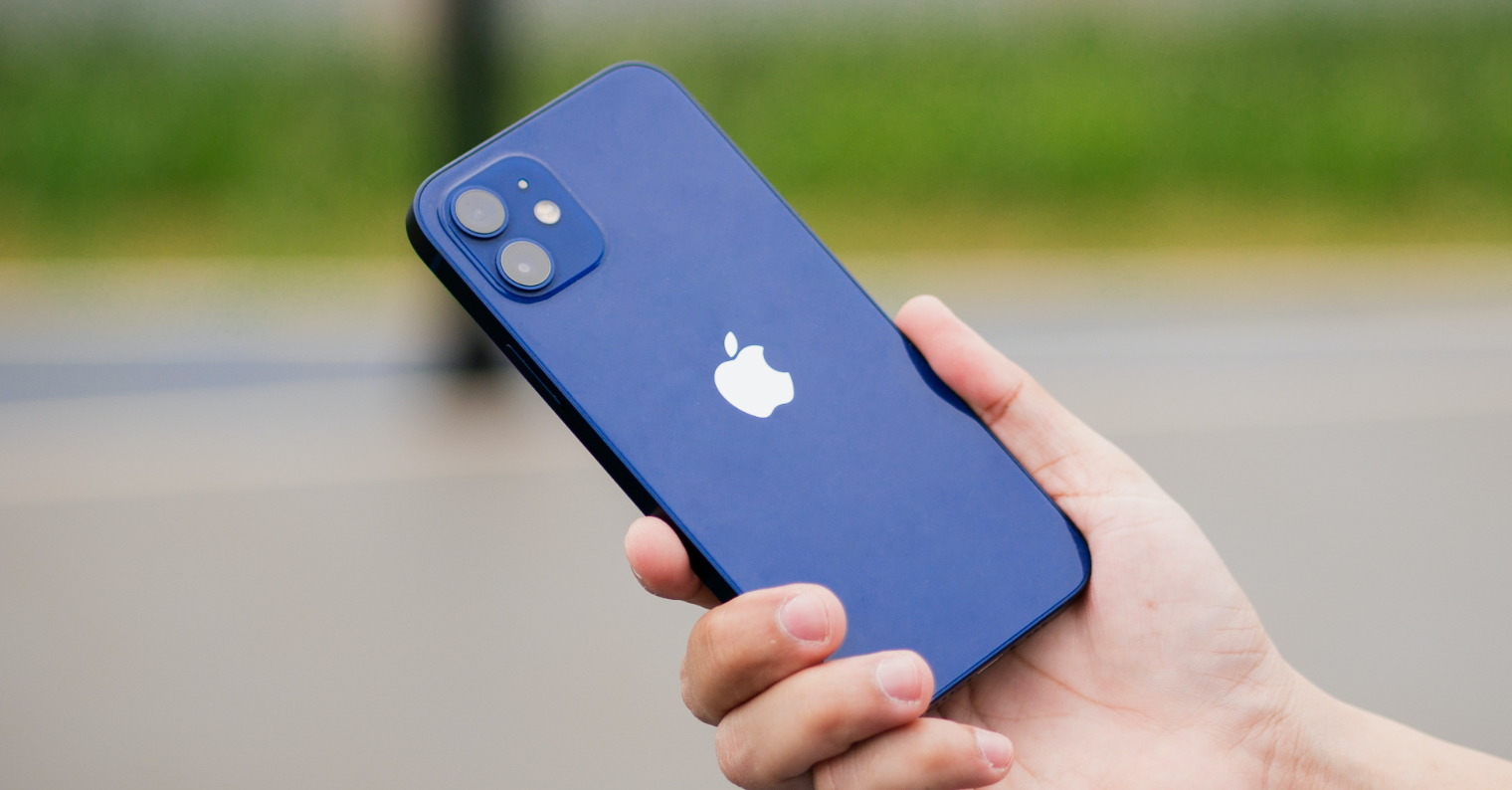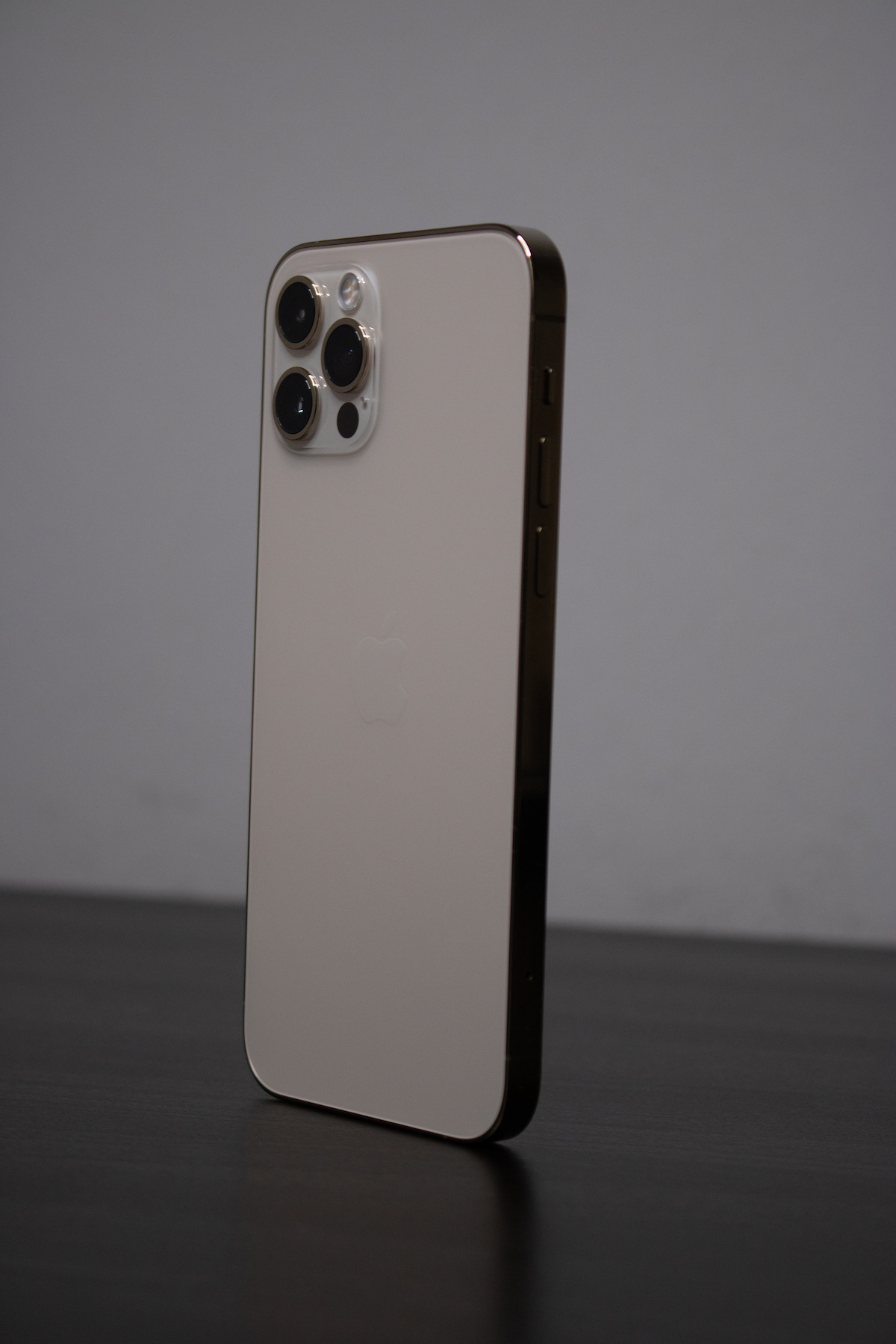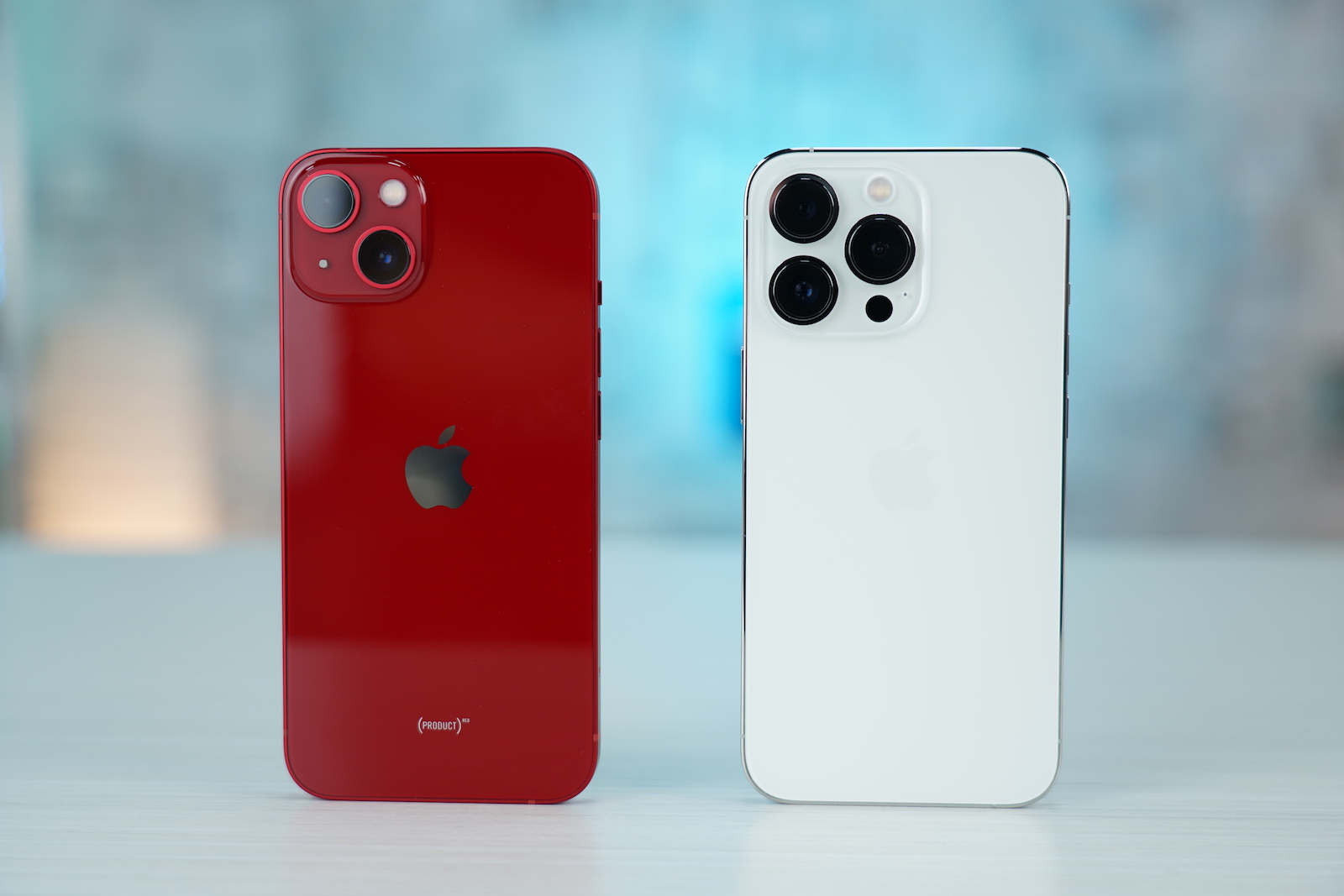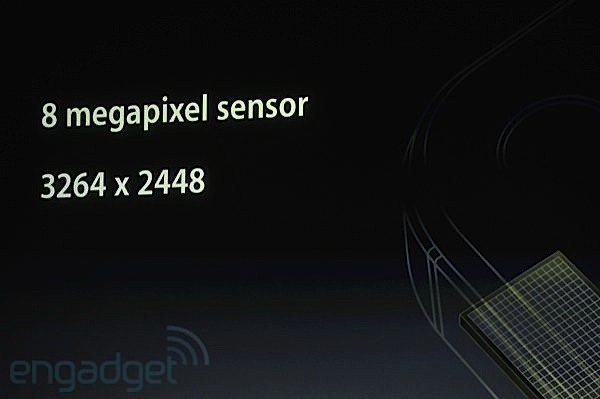Apple iPhones have undergone huge changes since the very first generation. For example, the display itself, the performance or perhaps such a camera have seen a significant evolution. In recent years, manufacturers have put more emphasis on the camera and its quality, thanks to which we are moving forward at a rocket pace. But let's leave the abilities of the current generation aside and let's take a look at history. When we look at the development itself not only with regard to the specifications, but also the size of the photomodules themselves, we come across a few interesting things.
Of course, the very first iPhone (2007), often referred to as the iPhone 2G, had a 2MP rear camera with an aperture of f/2.8. Although today these values seem rather ridiculous - especially when we add the fact that this model did not even know how to shoot video - it is necessary to perceive them with regard to the specific time. That's when the iPhone brought a slight change, offering users a phone that could finally take care of more or less good-looking photos. Of course, we could no longer label them that way today. On the other hand, looking at the camera itself, or rather at its size, it is clear that we cannot expect miracles from it.
But the upcoming iPhone 3G generation didn't exactly improve twice. The values remained almost the same and we still didn't have the option to record videos. Lightning was missing as well. A slight improvement came only with the arrival of the iPhone 3GS (2009). It has improved in terms of megapixels and received a sensor with a resolution of 3 Mpx. However, the most important change was the support for recording videos. Although the flash was still missing, the Apple phone could finally be used for filming VGA shots (640 x 480 pixels at 30 frames per second). Of course, for these pioneers in the world of smartphones, the sizes of the photo modules have not yet changed.
The first real change came only in 2010 with the arrival of the iPhone 4, which was also reflected in the size of the sensor itself. This model offered users a 5MP rear camera with f/2.8 aperture. So the change is visible at first glance. Yet another improvement even came along with the iPhone 4S (2011). Although the size of the rear camera remained the same, we got an 8MP camera with an aperture of f/2.4. Then came the iPhone 5 (2012) with an 8MP camera with an aperture of f/2.4, while the iPhone 5S (2013) was slowly doing the same. It only got a better aperture – f/2.2.
As soon as the iPhone 6 and 6 Plus took the floor, we saw another evolution. Although the size of the photo module has not increased significantly, we have moved forward in terms of quality. Both models offered an 8MP camera with an f/2.2 aperture. However, a major change for iPhone cameras came in 2015, when Apple introduced the iPhone 6S and 6S Plus. For these models, the giant used a sensor with a resolution of 12 Mpx for the very first time, which is still used today. The cameras still had an aperture of f/2.2, and in terms of the resulting photos, they were able to take care of the same large images as the previous generation.
We also encountered a practically identical camera in the case of the iPhone 7/7 Plus and 8/8 Plus. They just improved with a better f/1.8 aperture. In any case, at least the models with the Plus designation have seen significant changes. Apple didn't just rely on the traditional wide-angle lens, but supplemented it with a telephoto lens. At the same time, it could be said that this change started the final evolution of apple phone cameras and helped bring them to their current form.

Then followed the year 2017 and the completely revolutionary iPhone X, which literally defined the appearance of today's smartphones - it got rid of the frames around the display, "discarded" the home button and switched to gesture control. The camera has also received an interesting change. Although it was still a 12 Mpx main sensor with an aperture of f/1.8, now the entire photo module was folded vertically (on previous iPhones Plus, the module was placed horizontally). Anyway, since the arrival of the aforementioned "X", the quality of photographs has changed incredibly and reached a point that might have seemed unreal to us just a few years ago. The following iPhone XS/XS Max model used the same 12 Mpx sensor, but this time with an aperture of f/2.2, which is somewhat paradoxical in the end. The lower the aperture, the better photos the camera can take. But here Apple decided on a different solution, and still met with better results. Along with the iPhone XS, the iPhone XR with a 12 Mpx camera and an f/1.8 aperture also had a say. On the other hand, it relied on a single lens and didn't even offer the earlier telephoto lens.

The iPhone 11, whose photo module has grown significantly, defined its current form. An interesting change came right away with the basic iPhone 11, which got an ultra-wide-angle lens instead of a telephoto lens. In any case, the basic sensor offered 12 Mpx and an aperture of f/2.4. The same was the case with the main cameras of the iPhone 11 Pro and 11 Pro Max, with the exception that there was still a traditional telephoto lens alongside the wide-angle and ultra-wide-angle lenses. The upcoming iPhone 12 (Pro) relied again on a 12 Mpx camera with an aperture of f/1.6. iPhones 13 are exactly the same – only the Pro models offer an aperture of f/1.5.
Specifications don't matter much
At the same time, if we look at the specifications themselves and look at them as simple numbers, we can slowly conclude that the cameras of iPhones have not moved much recently. But such a thing is definitely not true. Quite the contrary. For example, since the iPhone X (2017) we have seen huge changes and an almost unbelievable increase in quality - despite the fact that Apple still relies on a 12 Mpx sensor, while we could easily find 108 Mpx cameras in the competition.
It could be interest you
